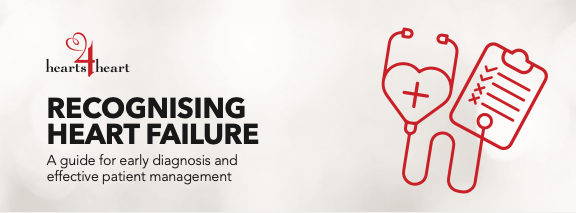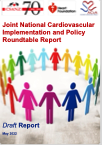Check out the highlights for the Arrhythmia/EP Streams at the Meeting. Who are the speakers? Interesting topics to look out for, prize presentations and social activities to look forward to.
Arrhythmia / EP Highlights at the CSANZ ASM 2022.
See the whole Program here, and plan your 2022 CSANZ ASM Gold Coast visit now.






